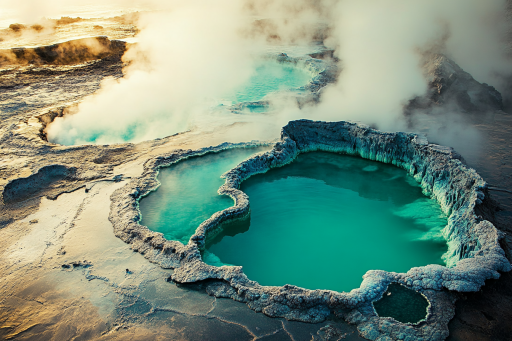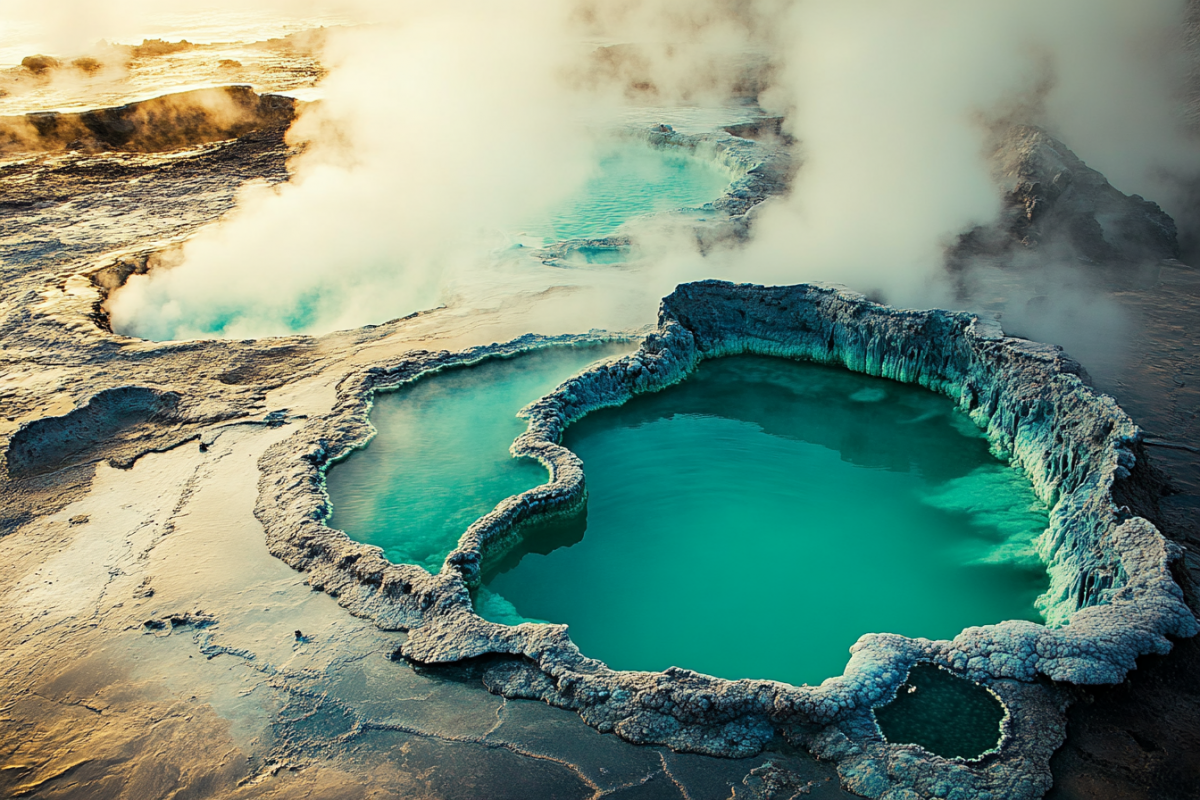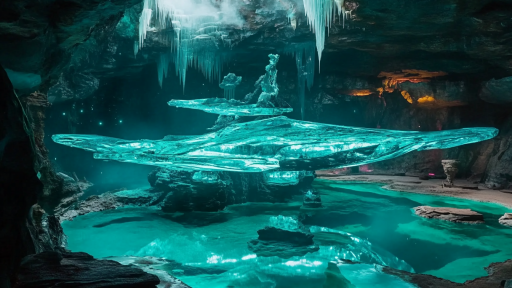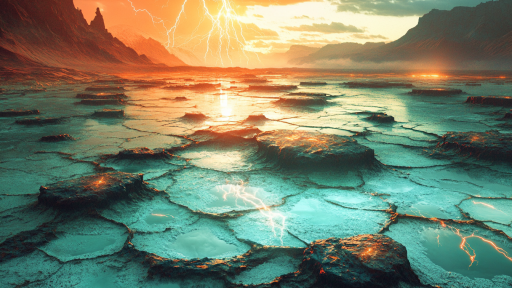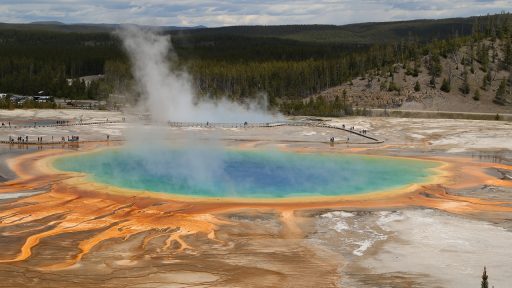
Life has an astonishing ability to survive in places where survival seems impossible. From toxic lakes to the deepest ocean trenches, entire ecosystems thrive in conditions that would be deadly to most forms of life. These bizarre worlds challenge our understanding of biology and adaptation, revealing nature’s extraordinary resilience. Some of them may even hint at how life could exist beyond Earth.
The Hydrothermal Vents of the Deep Sea

At the bottom of the ocean, where sunlight never reaches, towering hydrothermal vents spew superheated, mineral-rich water. Despite the extreme heat and crushing pressure, unique organisms like tube worms, blind shrimp, and giant clams thrive here. Instead of photosynthesis, life in these ecosystems relies on chemosynthesis—where bacteria convert toxic chemicals into energy. These deep-sea oases offer a glimpse into alien-like environments hidden within our own planet.
The Toxic Waters of Yellowstone’s Grand Prismatic Spring

Yellowstone National Park is home to some of the most extreme microbial life on Earth. The vibrant colors of the Grand Prismatic Spring are caused by heat-loving bacteria that thrive in scalding, acidic water. These extremophiles survive temperatures exceeding 160°F, using sulfur and other minerals as an energy source. Their existence challenges traditional ideas about where life can flourish.
The Cold Deserts of Antarctica’s Dry Valleys
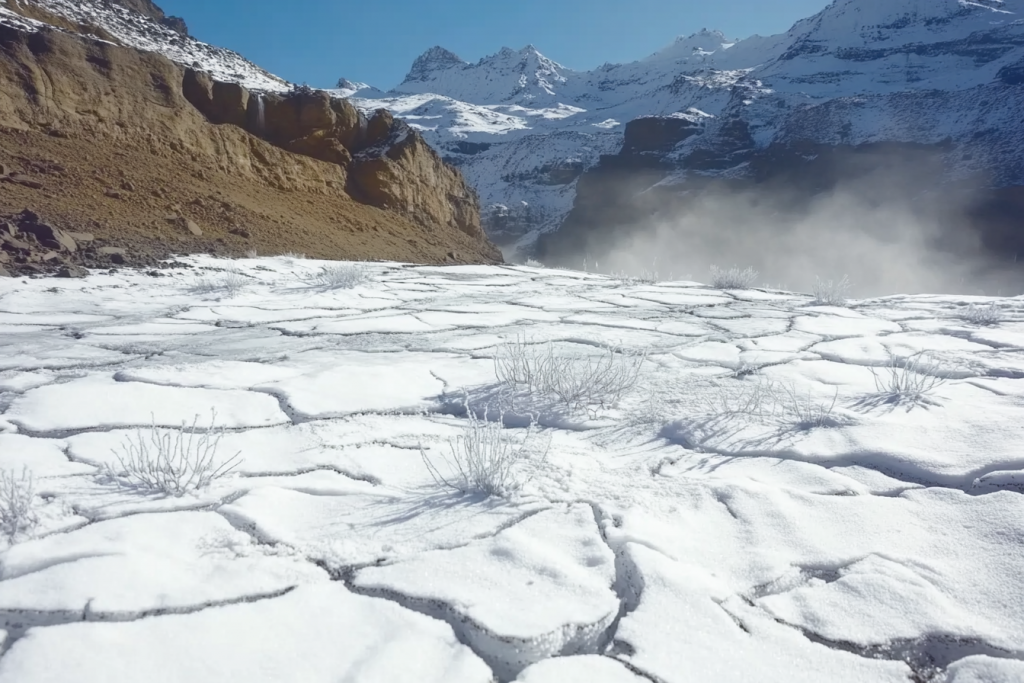
Among the driest places on Earth, Antarctica’s Dry Valleys receive almost no precipitation, yet microbial life persists in the frozen soil. These hardy organisms endure subzero temperatures and long periods of darkness, surviving off nutrients locked in ancient permafrost. Some scientists believe these valleys closely resemble conditions on Mars, making them a key site for astrobiology research. Their survival strategies may offer clues about life in the most inhospitable corners of the universe.
The Alien World of Movile Cave

Sealed off from the outside world for millions of years, Movile Cave in Romania is a toxic, oxygen-starved ecosystem unlike any other. Its air is thick with poisonous gases like hydrogen sulfide, yet dozens of unique species—including blind scorpions and translucent worms—have evolved here. These creatures rely on chemosynthetic bacteria that feed off sulfur, forming the foundation of an isolated, self-sustaining food web. This hidden ecosystem reveals how life can adapt to total darkness and extreme conditions.
The Acidic Depths of Boiling Lake

Nestled in Dominica’s volcanic landscape, Boiling Lake is a bubbling cauldron of superheated, acidic water. Despite temperatures hovering near boiling, thermophilic microorganisms thrive in this extreme environment. These microbes have adapted to the lake’s toxic chemistry, feeding on minerals and volcanic gases. Scientists study them as a model for how life might exist on distant planets with harsh atmospheres.
The Poisonous Salt Flats of Salar de Uyuni

The world’s largest salt flat, Bolivia’s Salar de Uyuni, appears barren at first glance—but beneath the blinding white expanse, life persists. Microbes known as halophiles flourish in the hypersaline environment, drawing energy from minerals in the salt crust. These organisms can survive extreme dehydration and high UV radiation, making them some of Earth’s toughest life forms. Their resilience offers insight into how life could endure on Mars or Jupiter’s moon Europa.
The High-Pressure Twilight Zone of the Deep Ocean

Between the sunlit surface and the pitch-black depths lies the mysterious twilight zone of the ocean, where pressure is immense, and food is scarce. Bioluminescent creatures like lanternfish, jellyfish, and vampire squid have adapted to this dark, high-pressure world. Many produce their own light to hunt, communicate, or escape predators. This strange, glowing ecosystem remains one of the least explored and most mysterious regions on Earth.
The Fiery Surface of Dallol, Ethiopia

Dallol is one of the hottest and most acidic places on Earth, where vibrant, mineral-rich pools bubble with extreme geothermal energy. Temperatures here regularly exceed 120°F, and the landscape is coated in toxic salts and metals. Despite this, hardy microbial life has been discovered in the acidic waters, thriving in conditions once thought to be completely sterile. This makes Dallol a key location for studying life in extreme environments.
The Sulfuric Caves of Mexico’s Cueva de Villa Luz

Deep within Mexico’s Cueva de Villa Luz, sulfuric acid drips from the ceiling, forming eerie, ghostly snottites—slimy microbial colonies that feed off the toxic fumes. The cave’s air is rich in hydrogen sulfide, which would be lethal to most creatures, yet specialized bacteria and cave-dwelling invertebrates flourish. These unique organisms demonstrate how life can evolve to exploit even the most hostile environments.
Life Finds a Way

From toxic caves to the deepest ocean trenches, nature has a way of defying expectations. These extreme ecosystems push the boundaries of what we consider habitable, proving that life can survive where it shouldn’t. Their existence forces us to rethink our understanding of biology—and even where we might find life beyond Earth. If organisms can thrive in these bizarre places, where else might life be waiting to be discovered?

